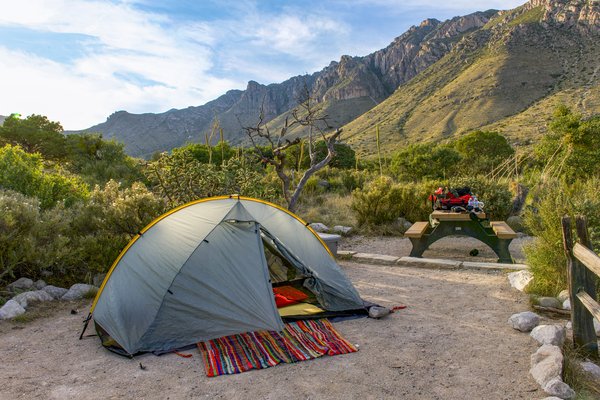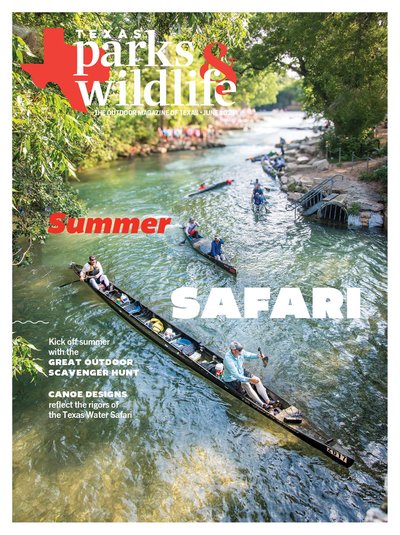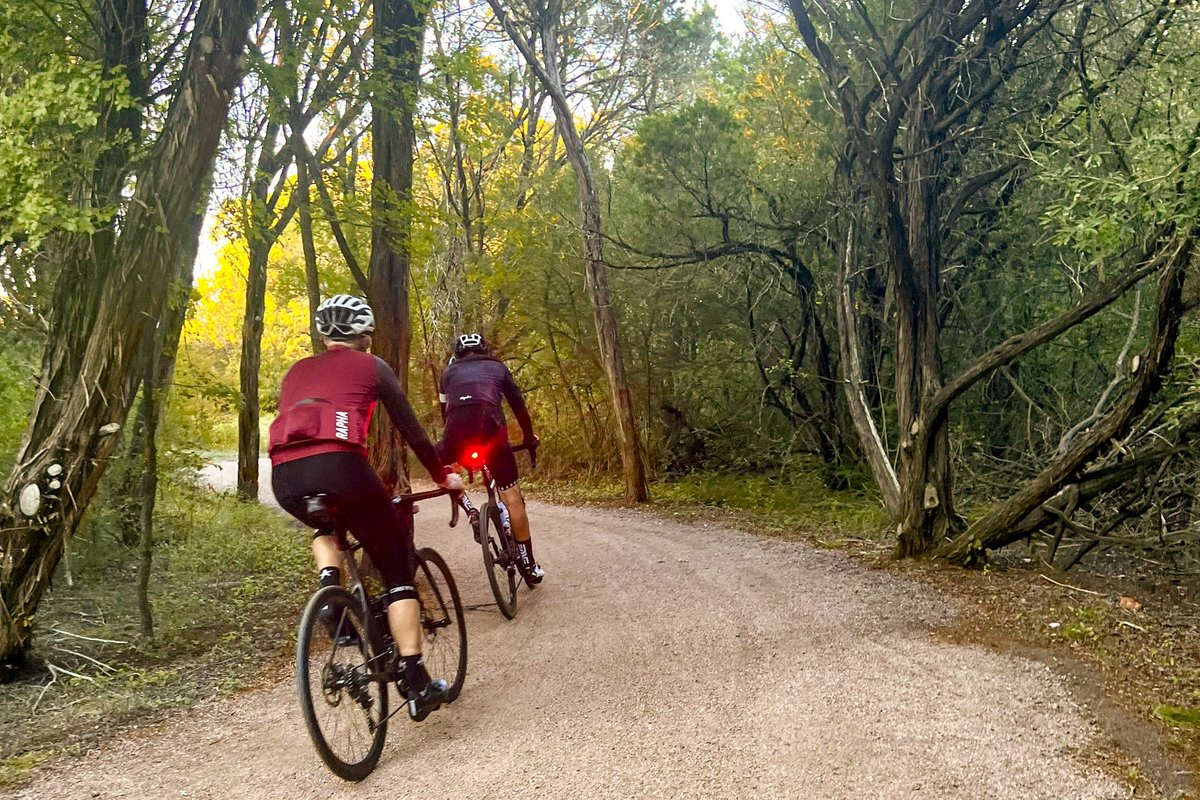If you've ever sweated your way through the night, zipped inside a sleeping bag that feels like a straitjacket, you know the importance of selecting the right camping gear for the conditions.
And in Texas, we've got some pretty extreme conditions. Summers sizzle, plants seem determined to inflict damage, and sharp rocks, annoying insects and other critters all factor into what I pack when I head outdoors.
Tents
Mosquitos, spiders and scorpions are part of life in Texas, and while it's tempting to sleep under the stars, it can be reassuring to zip up the tent flaps so you don't have to share space with them.
In warm weather, I prefer using a tent that's mostly mesh. Mesh tents allow for better breathability and ventilation and will keep you cooler. My go-to is the Marmot Limelight for car camping; for backpacking I use a lighter and smaller Big Agnes Copper Spur.
“Stargazing” tents like the Kelty Far Out are a good option. They come with a rain fly that rolls up so you can see the sky - and catch a breeze - and unfurls quickly if a storm blows in.
Sleeping Bags
Sleeping bags are rated for temperature. Summer bags are often rated for temperatures of 30 degrees or higher, winter bags are typically rated for 15 degrees or lower, and three-season bags are rated for somewhere in between. While there's not a category for fry-an-egg-on-the-sidewalk temperatures, some companies make a 50-degree sleeping bag that's perfect for warm Texas camping. They're light and compact, too.
Plus, a sleeping bag isn't always necessary. If you're camping in warm weather, you might be fine with a sleeping pad and a sheet. But if you're headed to the Guadalupe Mountains or Big Bend in the winter, you'll want more insulation.
Also consider your bag's shape. If you're car camping and don't have to worry about weight or bulk, a loose-fitting, rectangular bag works well for most conditions. You can zip it or unzip it, depending on temperature, and if it's got more than one zipper pull you can open it at the bottom to boost ventilation.
If you're backpacking and need to conserve weight and space, a mummy bag works well. They're also warmer, for cool weather camping. On the downside, they're tight and restrict movement.
Materials are important too. Down bags retain warmth and are best in winter. Synthetics cost less and dry more quickly, and are fine for spring and fall.
Sleeping Pads
Sometimes camping in Texas means pitching a tent on bumpy rocks or hard surfaces. A durable sleeping pad makes the difference between real sleep or flopping around like a fish that's just been landed.
Get one that can stand up to sharp edges, and remember it's not just about cushioning. In cold weather, your body loses more heat to the ground than the air, so a good pad helps you stay warm. Check the texture, too - it's hard to stay centered on a slippery one.
I like pads made by Sea to Summit, which have ravioli-sized pillows that keep you from sliding off it (but a design that tapers at the feet). The materials are durable, and if you do spring a leak, you can easily patch it. If you're a side-sleeper, Nemo makes a more supportive one; Therm-a-rest makes a self-inflating version.
A Few Extras
Beyond choosing a good tent, sleeping bag and pad, a few other bits of gear can help keep you comfy if you're camping in the Texas heat.
A neck wrap or towel (like ones from Arctic Cool) holds a chill when you dunk it in water, and a hand-held misting fan - or just a spray bottle filled with water that you can spritz yourself with - can help. O2Cool makes a tiny battery-powered fan that sells for about $10. In summer, even the smallest pieces of gear can go a long way.






